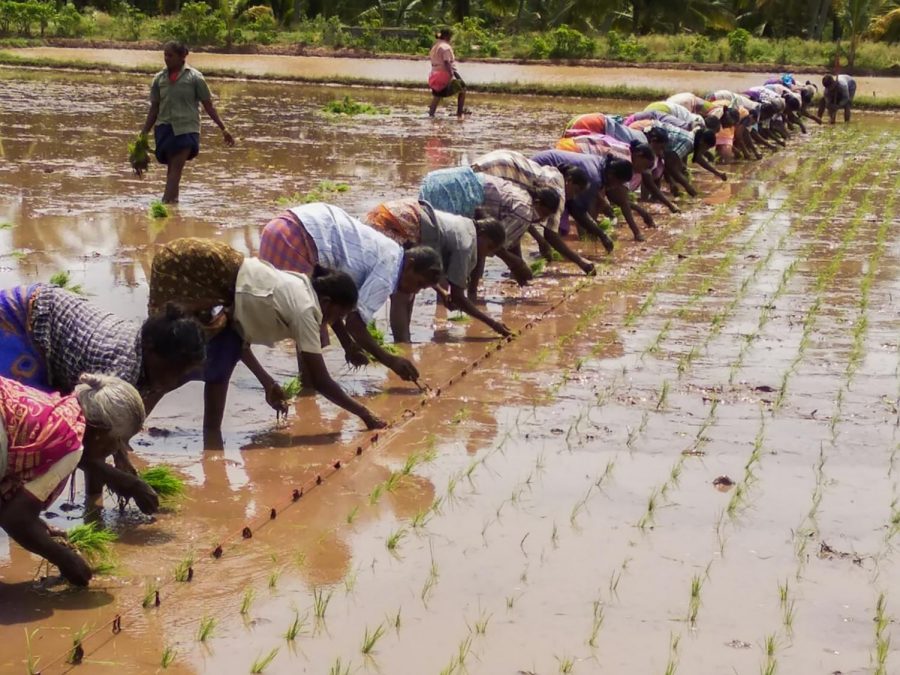Researcher studies monsoons in South Asia
Periods of drought, too much rainfall can impact agriculture
COURTESY OF LAKSHMANAN ARUNACHALAM
Deepti Singh, assistant professor in WSU’s School of the Environment, says she collected atmospheric data like pressure, temperature, moisture and rainfall across different regions. The data was used to generate a computer model reconstruction.
April 28, 2019
As monsoons in South Asia become less predictable and more intense, WSU research is helping understand how and why it happens.
Deepti Singh, assistant professor in WSU’s School of the Environment, said seasonal monsoons have an impact on the life and economy of people living in countries like India.
Singh said every monsoon season has active periods of heavy rain and break periods of drought. She said dry periods can have negative impacts on agriculture because farmers are highly dependent on rainfall for their crops.
Singh said too much rainfall can lead to extreme flooding and landslides, which damages infrastructure, and can kill people caught in it. In some instances, these floods caused the deaths of thousands of people.
Singh said these periods of drought and heavy rainfall have increased in frequency and intensity in certain regions of South Asia.
To understand how and why these rain patterns were changing, Singh compiled atmospheric data like pressure, temperature, moisture and rainfall across different regions.
She said India has an extensive network of people who have been collecting rainfall data over long periods of time, so this kind of data was readily available for her research.
Singh said this data was then used to generate a computer model reconstruction of atmospheric and climate conditions. She said the study also utilized climate model simulations to understand the effect of greenhouse gases and aerosol, a major pollutant in the region.
“To give more of a complete picture,” Singh said.
She said since the 1950s, the heaviest monsoon regions in Central India had decreased in rainfall, while the drier regions in Northwest India had a gradual increase. She also said there had been an increase in the day-to-day variability of monsoons, as well as an increase in the intensity of heavy rainfall.
Singh said she believes there is a collection of factors contributing to the changing monsoon patterns.
She said the Indian Ocean is warming at a rapid rate compared to other oceans. The temperature difference between the ocean and the land adjacent to it affects the strength of monsoons.
“A warmer ocean is generally associated with more moisture in the atmosphere,” Singh said.
She said due to increased aerosol pollution, the surface temperature of the land has cooled over time as aerosols reflect the sun’s radiation away from the land. This affects atmospheric conditions and weather.
“The whole environment is changing,” Singh said. “It’s hard to understand all the factors at play.”
The article has been updated to reflect that the researcher studied monsoons in South Asia, not Southeast Asia.









